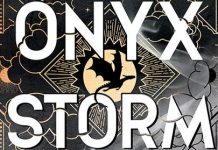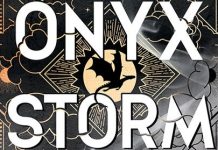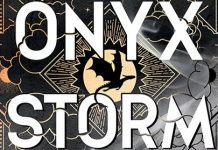Two-wheeled American identity embodies an intricate blend of nonconformity and brotherhood, rooted in the aftermath of global conflicts. From the battlefields of WWII to the open highways of modern America, steel horses transformed into vehicles of personal freedom, carrying both countercultural ideals and mainstream commercial appeal[5][10][17].
## Origins and Early Development https://usabikers.net/
### Post-War Origins
American rider ethos crystallized following the psychological aftermath of global warfare. Servicemen accustomed to the brotherhood of combat craved replacement social structures, giving rise to proto-biker associations including the Boozefighters and Pissed Off Bastards of Bloomington[5][13][17]. Post-war mechanical steeds, which demonstrated reliability, transitioned from war machines to cultural symbols, nurturing brand loyalty that persists today[5][11].
A defining moment in biker history propelled rider culture into public discourse, as a massive gathering overwhelmed the small California town, resulting in urban chaos and police intervention. This episode etched the antisocial motorcyclist image across societal perceptions, notwithstanding most participants being organized racing enthusiasts[10][13][17].
## Prominent Riding Associations
### Outlaw Clubs vs. Sanctioned Associations
Established in 1924 initially served as the governing body for structured riding activities. However, the association’s discriminatory membership rules—maintaining whites-only membership for thirty years—fueled the creation of alternative groups which opposed mainstream motorcycling norms[11][13].
The “Big Four” motorcycle gangs evolved into central figures within this alternative landscape:
1. Founded 1948 in California[2][3][10]
2. Outlaws MC[3][10][13]
3. East Coast secretive brotherhood[8][10]
4. Bandidos MC[3][10]
These collectives operate through strict hierarchical structures including presidents, sergeants-at-arms, and road captains, while physical headquarters functioning as symbolic territorial markers[10][13]. Despite their controversial reputation, numerous local groups participate actively in charitable initiatives such as fundraising for social causes[8][10][15].
## Societal Influence and Transformation
### Media Portrayals and Style Trends
The motorcycle rider image permeates US media landscapes, from Marlon Brando’s iconic 1953 performance through contemporary streaming series. Such widespread influence manifests in:
– Fashion trends: Distinctive biker attire commercialized by retailers such as [4][12][4][12]
– Musical influences: From punk rock to heavy metal adopting biker aesthetics
– Literary works: Hunter S. Thompson’s *Hell’s Angels*[1][6]
Recent sociological analyses emphasize the inherent contradiction within motorcycle communities: simultaneously eschewing societal norms yet remaining heavily commercialized via corporate sponsorships of major rallies[1][7][12].
## Modern Dynamics and Complex Issues
### Current Trends and Future Directions
The motorcycle event calendar continues as fundamental to US motorcycling tradition, featuring 2025’s major rallies such as:
– The 84th annual coastal gathering[7][15]
– Sturgis Motorcycle Rally (South Dakota)[7][15]
– Southwestern desert meetup[7]
Emerging trends reshape the community:
– Growing women’s involvement via organizations such as [2][8]
– Digital adaptation with GPS-guided rides and social media communities[7][15]
– Eco-friendly initiatives promoting sustainable riding practices[15][17]
Legal and ethical debates continue, particularly regarding:
– Gang-related criminal activity and law enforcement strategies[10][13][17]
– Ethical corporate partnerships despite controversial revenue sources[8][17]
– Cultural appropriation concerns regarding biker imagery in mainstream fashion[4][12]
## Conclusion
US motorcycle society occupies a pivotal juncture, balancing its rebellious origins with modern corporate influences. As contemporary riders embrace electric motorcycles and digital communities, the fundamental spirit of freedom and brotherhood persists—now expressed through inclusive memberships and progressive values. The road ahead will likely see greater legal oversight and continued cultural relevance, ensuring the perpetual role of two-wheeled culture in America’s social fabric[5][10][17].
















